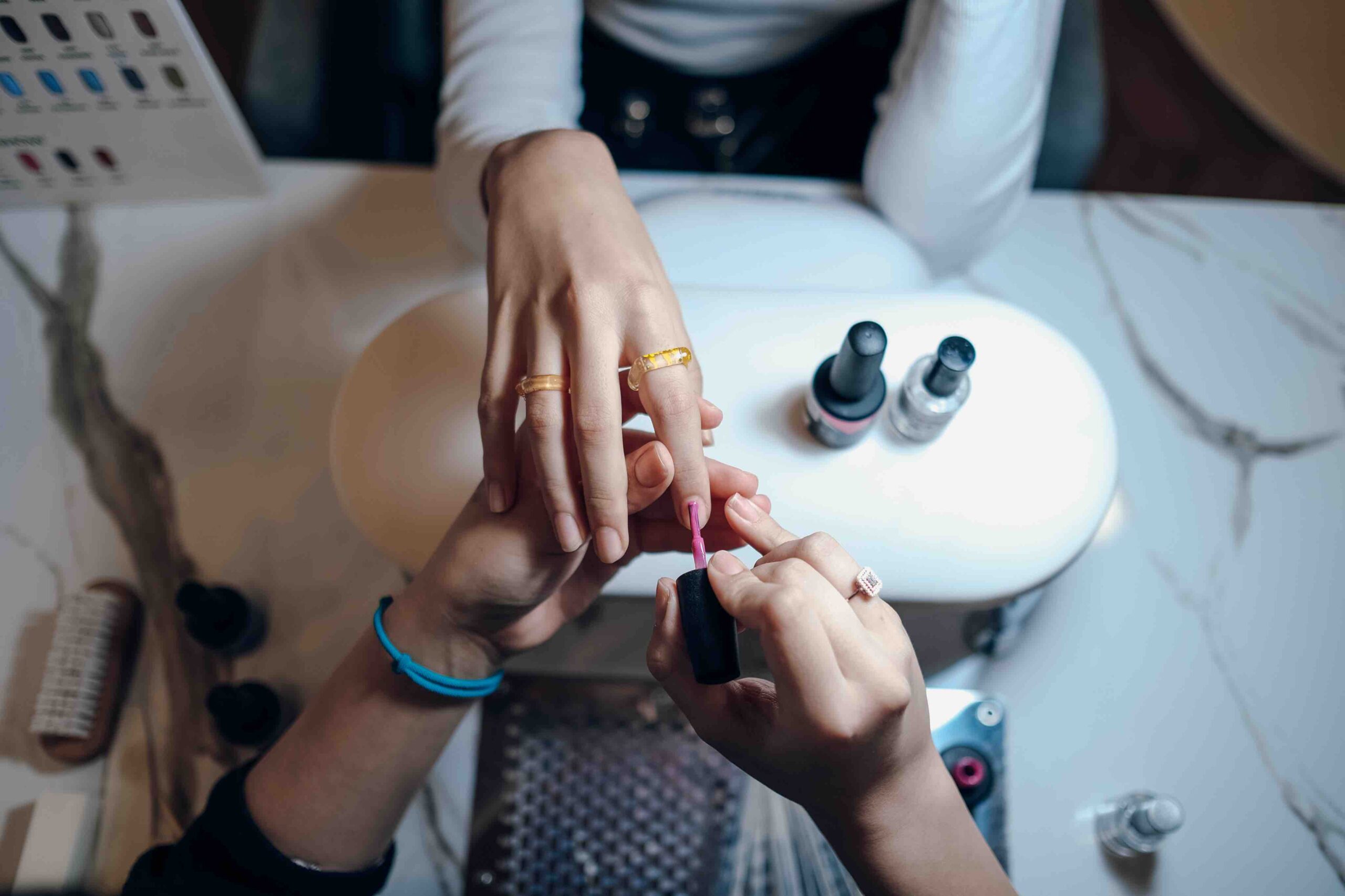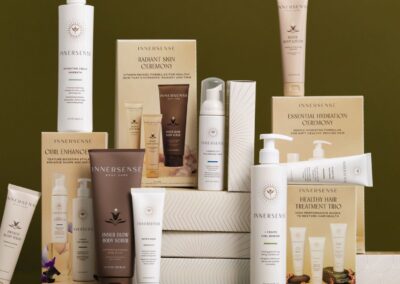
Released in July 2025, Right to Know: Just How Hazardous Are Fragrances details the health risks of being exposed to the secret chemicals that make our beauty and personal care products smell good, and what we can do about them.
Check out the ingredients of most conventional perfume, personal care, beauty, and cleaning products and you’ll likely see “fragrance” or “parfum” listed among more complex words. While fragrance and parfum sound innocent enough—who doesn’t like good smells?—the truth is that they usually mask dozens, if not hundreds, of chemicals with jobs ranging far beyond scent and possible effects far beyond smelling good. In fact, BCPP’s own research over the past 15 years demonstrates the potential negative health effects associated with exposure to fragrance chemicals including cancer, genetic mutations, reproductive / developmental toxicity, hormone disruption, respiratory harm and more.

The fragrance industry’s staunch commitment to trade secrecy also obscures supply chain information keeping critical safety data (information companies need to ensure their products are safe) from manufacturers. This lack of transparency creates a buyer beware situation by keeping consumers in the dark about the identity and safety of the ingredients in the beauty and personal care products they use every day.
Breast Cancer Prevention Partners (BCPP) wrote Right to Know: Just How Hazardous Are Fragrances in partnership with Habitable to advance its 15-year investigation into the health hazards associated with fragrance chemicals. Our team analyzed IFRA’s 2022 “Transparency List,” a compilation of 3,619 fragrance ingredients commonly used by the world’s perfumers and fragrance formulators. Our study cross referenced these chemicals with extensive health hazard data from Habitable’s Pharos database.
Alarmingly, we found that for more than half (1,665 or 56%) of the fragrance ingredients we analyzed – which translates into over half of the fragrance ingredients used in conventional cosmetic products – there was minimal or no data about their possible health impacts. For the remaining fragrance ingredients (1,324 or 44%) with some available hazard data, 48 chemicals have previously established high health concerns, including cancer, reproductive harm, endocrine disruption risk, and more. This means most fragrance chemicals either aren’t tested for safety or are already known to have links to disease but are used anyway. All told, over 98% of fragrance chemicals either have significant gaps in hazard data or are considered high/potentially high concern.
As with other beauty and personal care products we’ve studied, the potential adverse health effects of exposure to toxic chemicals are not shared equally. Importantly, women of color and salon workers often face disproportionately high exposure to fragranced products and resulting negative impacts on their health.

Thanks to BCPP’s fragrance report, we now have documented evidence of how pervasive the risks are of hidden fragrance chemicals. And thanks to the Safer Beauty Bill Package, we have a very real pathway to federal change. Here’s how you can help:
- Learn more about the bill package (below) and ask your members of Congress to support it.
- Spread awareness to friends on social media and in your personal and professional communities about our fragrance report’s findings and the Safer Beauty Bill Package. Encourage others to contact their members of Congress, too.
Here’s a breakdown of what the Safer Beauty Bill Package seeks to do—and how it promotes fragrance ingredient disclosure and addresses other critical gaps in cosmetic safety:
- Toxic–Free Beauty Act (H.R. 4433)
This bill would ban the worst chemicals by prohibiting 18 of the most hazardous chemicals—things like mercury, parabens, lead, asbestos, toluene, and entire chemical classes like formaldehyde-releasing preservatives and ortho-phthalates.
- The Cosmetic Hazardous Ingredient Right to Know Act (H.R. 4435)
This bill would require full fragrance ingredient transparency on product labels and in website details—so that the words “fragrance,” “parfum,” “aroma,” and “flavor” are not used to hide the identity of secret, often toxic, fragrance ingredients. This would also require brand owners to provide a website link to a scientifically reliable list of chemicals of concern for any unsafe ingredient in their product.
- The Cosmetic Supply Chain Transparency Act (H.R. 4434)
This bill would require ingredient upstream suppliers to provide cosmetic companies with full fragrance ingredient disclosure and safety data so that brands get the information they need to make safer products.
- The Cosmetic Safety Protections for Communities of Color and Salon Workers Act (H.R. 4436)
This bill would create $30 million in federal funds to protect women of color and professional salon workers from unsafe chemical exposures in the beauty and personal care products they use and/or work with every day—via the funding of research grants to identify the chemicals of concern in products marketed to these vulnerable populations and the development of safer alternatives.
Let’s build the momentum for the policy change needed to take the stink out of fragrance!




